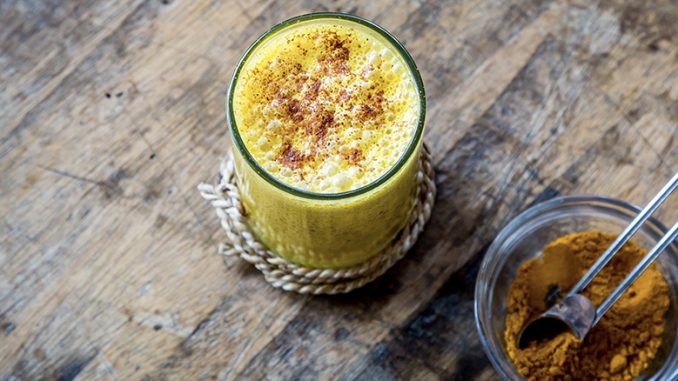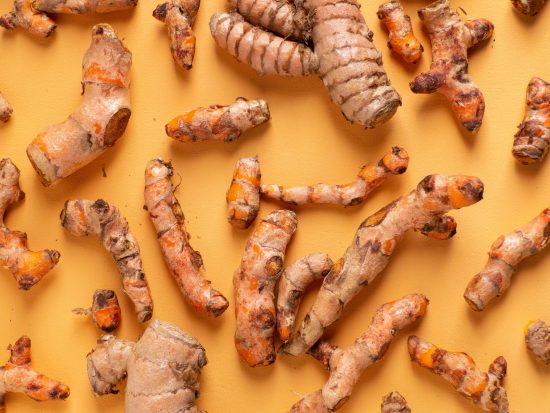
We present a series diving into the history of popular ingredients served in coffee shops. First up: turmeric.
BY EMILY JOY MENESES
SPECIAL TO BARISTA MAGAZINE ONLINE
Photos sourced from Unsplash
From the editor: In an effort to better understand some recently popularized ingredients in café menus, we’re exploring the history of where some of these ingredients came from, how to use them, and how others can explain to their customers these ingredients’ significance.
You’re probably familiar with golden lattes or “golden milk”—but have you ever heard of haldi ka doodh? Although turmeric is a staple in many cafés today, the spice has been an integral part of Indian culture for much longer (since ancient times, to be exact). The use of turmeric, or haldi, dates back nearly 4,000 years to the Vedic culture, and for many people, the spice holds deep religious significance. Beyond that, turmeric is revered for its multitude of healing benefits and has a long history of medicinal use in South Asia. If you’re curious about this gorgeous golden spice and its use throughout the years, here are the key things to know:

The spiritual meaning of turmeric
In ancient India, turmeric was associated with the sun, and in the Hindu religion, turmeric is a symbol of purity, fertility, and prosperity—a bringer of fertility and good luck. The spice is used often in Indian cuisine and is believed by many to sanctify the food. Turmeric also plays an important role in wedding rituals throughout India, Bangladesh, and Pakistan; before weddings, turmeric paste is often applied to the skin of the bride and groom to bless and protect the couple on their big day.
Ancient uses of turmeric
Historians trace the use of turmeric as far back as 4,000 years to the Vedic culture in India. An important part of Ayurveda, an ancient Indian system of natural healing, turmeric has long been used medicinally throughout South Asia. Ancient healers believed the spice to alleviate congestion, heal wounds, treat skin conditions, and more. Ayurvedic literature often refers to turmeric as jayanti, meaning “one who is victorious over diseases.”
Haldi ka doodh: an Indian staple
Haldi ka doodh, or turmeric milk, is an age-old Ayurvedic remedy. Most commonly consumed in Indian households during winter to fend off colds and congestion, traditional haldi ka doodh is quite simple: a blend of piping-hot milk and a tablespoon of ground turmeric or turmeric paste, sometimes mixed with honey, cardamom, and/or a pinch of black pepper. Rich and comforting, yet equally light and energizing, haldi ka doodh is anti-inflammatory and packed with antioxidants, making it as beneficial to the body and brain as it is delicious.
Deeply rooted in ancient history and religion, haldi ka doodh has made its way into the mainstream; you can go to almost any café today and find some version of “golden milk.” However, the age-old remedy’s legacy won’t soon be forgotten, and its spiritual significance will live on.

ABOUT THE AUTHOR
Based in Los Angeles, Emily Joy Meneses (she/her) is a writer and musician passionate about culture and collective care. You can regularly find her at Echo Park Lake, drinking a cortado and journaling about astrology, art, Animal Crossing, and her dreams. Explore her poetry, short stories, and soundscapes on her website.

